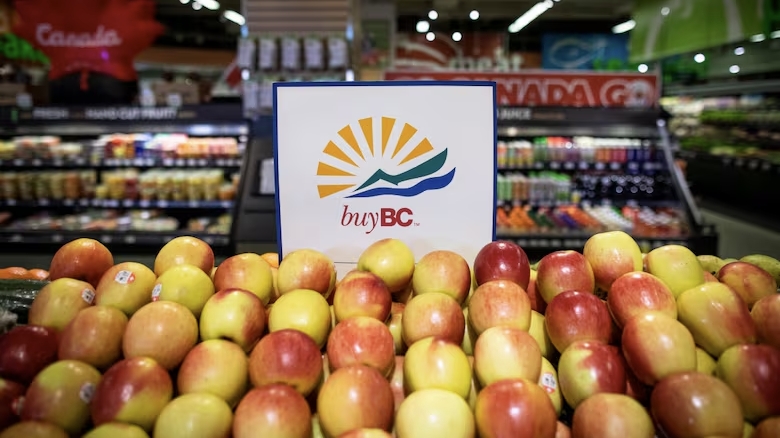U.S. Tariffs on Canadian Goods Take Effect—What It Means for B.C.’s Economy
Emma MacLeod
3/4/20252 min read


The long-anticipated U.S. tariffs on Canadian goods officially took effect Tuesday, a move that experts warn will significantly impact British Columbia’s economy—particularly in lumber, mining, agriculture, and construction.
Despite attempts at negotiations, the B.C. government estimates a potential $69 billion loss in economic activity by 2028, along with 124,000 job losses and a sharp decline in corporate profits.
"I expect that uncertainty and disorder will be with us and our friends in America for the next four years," said B.C. Finance Minister Brenda Bailey on Monday.
How Will Tariffs Impact B.C.'s Economy?
According to provincial projections, the tariffs could lead to:
124,000 job losses by 2028.
A $3.6 billion to $6.1 billion annual decline in corporate profits.
A reduction in government revenue by $1.6 billion to $2.5 billion annually.
Though Ontario and Quebec export more goods to the U.S., over half of B.C.’s exports go south of the border, making the province highly vulnerable to the new tariffs.
To mitigate the impact, the B.C. government is urging residents to support local businesses and buy Canadian products.
B.C.’s Response: Retaliation and Economic Adjustments
Foreign Affairs Minister Mélanie Joly has announced Canada’s federal government is preparing retaliatory measures, while B.C. has outlined its own provincial response, including:
Liquor Ban on Republican States: Directing the B.C. Liquor Distribution Branch to stop purchasing U.S. alcohol from Republican-voting states.
"Buy Canadian First" Policy: Mandating that B.C. government and Crown corporations prioritize Canadian-made goods and services over American alternatives.
Fast-Tracking Resource Projects: Accelerating mining, refining, and forestry initiatives to strengthen B.C.'s economic independence.
Interprovincial Trade Expansion: Eliminating red tape to increase trade with other Canadian provinces and reduce reliance on the U.S.
Key Industry Impacts
Lumber Industry Facing Double Tariffs
B.C.’s lumber sector, already hit with anti-dumping duties from the U.S., is expected to face an effective tariff rate of nearly 27%—a move the B.C. Lumber Trade Council says will put thousands of jobs at risk.
"These combined tariffs will make it increasingly difficult for B.C. lumber companies to compete in the U.S. market," said Kurt Niquidet, president of the council.
Construction and Housing Costs to Rise
The already expensive B.C. housing market is expected to see further increases as tariffs on construction materials drive up costs for new developments.
Mining and Refining Shift Away from U.S.
Major mining companies in B.C., including copper and aluminum producers, have signaled plans to redirect exports to alternative markets, Premier David Eby confirmed.
Agriculture Industry Concerns
The B.C. tree fruit sector, already struggling with low crop yields, will receive $10 million in emergency funding to counteract the effects of U.S. tariffs on its exports.
Impact on the B.C. Budget
The tariffs coincide with the release of B.C.’s provincial budget, further complicating an already record $9.4 billion deficit.
Finance Minister Brenda Bailey says the budget will focus on protecting public services while maintaining flexibility to respond to economic turmoil.
However, some experts are warning of long-term financial strain.
"If the government had been running a balanced budget, they would have had a lot more room to face this crisis," said Jock Finlayson, chief economist at the Independent Contractors Association. "Now we face a crisis, and the cupboard is essentially bare."
What’s Next?
With the U.S. showing no signs of reversing course, the B.C. government is focused on expanding trade partnerships, supporting local businesses, and shielding key industries from the full brunt of the tariffs.
However, job losses, rising prices, and economic uncertainty remain major concerns in the coming months.
News
Stay updated with the latest BC news stories, subscribe to our newsletter today.
SUBSCRIBE
© 2025 Innovatory Labs Inc.. All rights reserved.
LINKS
